We have our own quality control team they check all orders carefully In order to fully ensure the safety, health, and great tasting, we strictly implement quality management system including HACCP, ISO9001, KOSHER, HALAL and other relevant hygienic standards. The quality control covers from planting, processing, packing to transporting
Our main goal is to transform fresh and high quality traditional Turkish Olives in modern and healthy conditions, turn them into high quality products and offer them to our customers in appropriate conditions.
In the foreground of the quality of products, OliveOilsLand® combines traditional methods with modern techniques; is producing according to Turkish Food Codex with its experienced technical team and modern technology.
High quality standards are ensured in production, storage, packaging and shipment processes. Our company, which keeps high quality standards, has completed certification studies in many fields.
Traditional cultivation, gentle processing and award-winning quality, OliveOilsLand®s products are recognised by all over the world.
In a class of its own: the Olive Oil brand offers the world’s first Turkish Organic Olive assortment and this makes an extraordinary ethical and environmental commitment.
We deliver our products in accordance with the principles of honesty, equality and fairness in free market conditions, offer our consumers a high quality and natural product guarantee in olive and Olive Oil production.
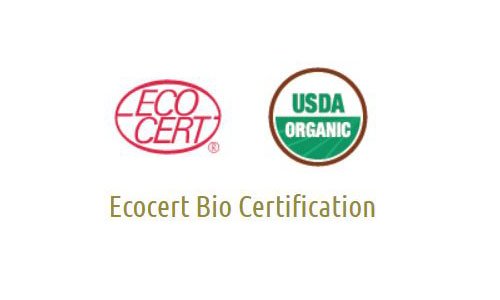
Our products are Ecocert Bio certified. Our olive yards and oil mill ispected by inspectors .The inspection report is submitted to the Ecocert BioTurkey certifying agents where they affirmed that our products conform to the regulations of organic farming in Turkey and worldwide. Ecocert Bio organization controls and monitors regularly our products.
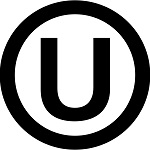
Our products are kosher certified, which guarantees no presence of a non kosher ingredient. They have been controlled and supervised by a Rabbi from a reliable and recognized kosher agency from which they received this certification.

It is a certification that witnesses the origin and provenance of our products, as well as their unmistakable quality. Our production system is regularly controlled by the Turkey Ministry of Agriculture and meets certain conditions.
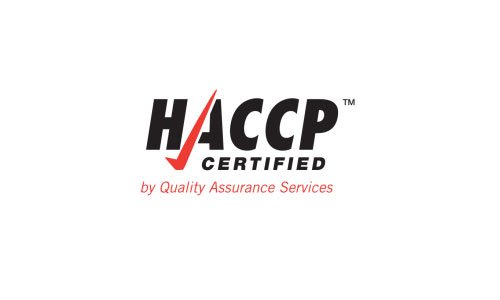
Developing, implementing, and maintaining a Hazard Analysis Critical Control Point (HACCP) system is an approach to food safety that is systematic and preventive. It ensures that hygiene and food safety are a priority for us
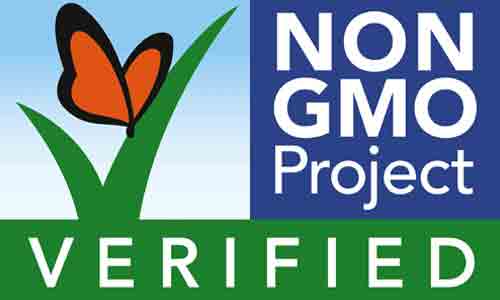
Our Organic Extra Virgin Olive Oil is not considered genetically modified or not derived from a genetically modified organism as defined by EC Directives 1830/2003 / EC on labeling and traceability and 1829/2003 / EC gey netically modified food and feed and any amendment law .
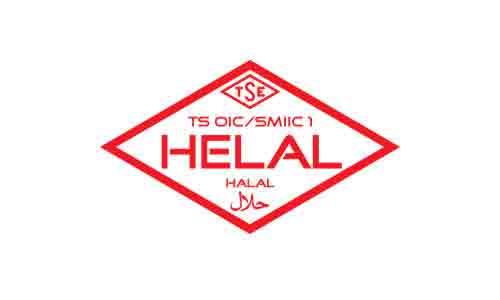
Halal Certification Authority (HCA) was established to help manufacturers gain a larger slice of the lucrative Halal food market. HCA aims to be the most reliable, credible and professional certifier of Halal food
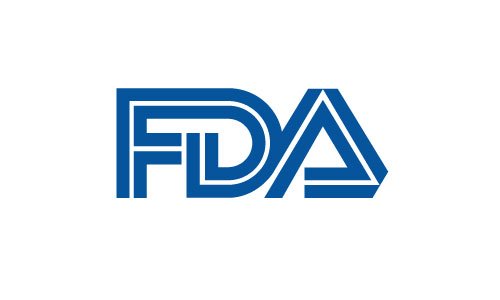
The U.S. Food and Drug Administration (FDA) regulates food, beverages, and dietary supplements intended for consumption in the United States by humans or animals. Registrar Corp provides Registration, U.S. Agent, and Regulatory Compliance Assistance for U.S. and Non-U.S. Companies in the food, beverage, and dietary supplement industries.
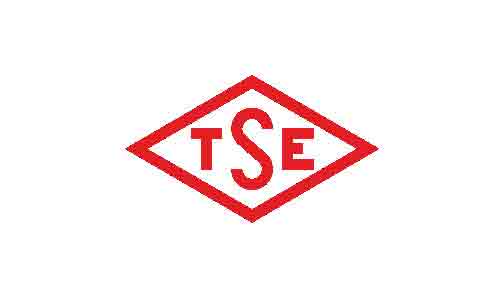
To increase the competitiveness of Turkey, to facilitate trade at national and international levels and to raise the living standards of the population; To provide standardization, conformity assessment, test and calibration activities as neutral, independent, effective and reliable.
Our Olive Oil that we produce under the brand of OliveOilsLand® Sensually;
When you smell it, you will feel freshly mown grass, green almonds, almonds, green apples, green stem of the tomato, green banana peel, artichoke and pea, it smells like a perfume, a smell that makes you happy.
You can feel a harshness and bitterness of almond or green olives or apple seed on the sides of your tongue when you take a sip and swish it over your tongue and palate.
Burning sensation like black pepper bitterness will be felt in your throat, and this burning doesn’t go down to your esophagus. All these features are the difference of our Olive Oil.

Our OliveOilsLand® branded Olive Oils, which are produced with cold pressing technique in our facility where the food safety standards are protected at the highest level and in stainless steel tanks not contact with air, feels pleasant in your palate with its unique taste. A Natural Extra Virgin Olive Oil with a high content of vitamins, aroma, polyphenols and antioxidants is obtained by storing under nitrogen gas and bottling away from light and oxygen. Quality control activities are planned and developed in accordance with ISO 9001 Quality Management System in all processes from harvest to reaching consumer.
After collecting olive fruits, cleaning the foreign matter and then carrying out our washing processes, we transfer them to the crushers with the help of elevators. Our new system disk or hammer crushers. Due to our goal is to obtain a high quality and healthy olive oil, hammer crushers seem to be more appropriate. Most importantly, the transfer of the heat generated as energy deficit in the crushers are prevented to reach to the malaxator and we ensure that the temperature inside the factory remains stable.
We make paste from the olive fruits, which are cleaned and washed to get rid of foreign matters by crushing with the seeds in the crushers. We send the olive fruits which are turned into paste, into a mixer system called malaxator with the help of a pump, and we are decomposing the olive oil from the olive paste here.
In order to reach high quality and healthy extra virgin olive oil, make sure to keep crushers and crushing systems clean, free from paste residues, and renew metal systems every week against abrasions.
We control the operation of the system during the crushing or grinding phase, and adjust the hard or soft aromas of our Extra Virgin Olive Oil.
High Quality Table Olives have been a piece of the human’s eating routine for a great many years, well before the canning business, supermarkets, became an integral factor. In any case, a couple of decades prior, some knew just a couple of assortments—some were green olives ,a few were black olives ,some were hollowed, and the best ones were red pepper,garlic,lemon ,orange-stuffed.
However, High Quality Table Olives are phenomenally various and similarly adaptable. Their sweet, harsh, severe, salty, and sharp flavors are independently mind-boggling, making them a basic element in any housewife's stockpile.
High Quality Table olives are the type of olives that are utilized in cooking. They are eaten out of the hand, rather than being developed for squeezing into the High Quality Olive Oil. While olives to be utilized for High Quality Olive Oil can be precisely gathered, olives bound for table utilize must be picked by hand to abstain from harming them. So, the olives should initially be restored either in water with vinegar or in saltwater before they can be table olives.
A few olives are best for table olives, are some , and some for High Quality Olive Oil. The contrary classification is "Olives for Olive Oil." And less than 10% of the olives developed on the orchards are bound to be High Quality Table Olives.
High Quality Table Olives are cautiously handpicked to abstain from wounding. Each must breeze through a crush test to decide its development. Utilizing the index finger and thumb, the natural product is pressed to check whether it communicates some fluid at the stem end. It will likewise experience a second and progressively troublesome test which includes cutting around the olive and winding it down the middle to check in the event that it breaks separated effectively with a freestone impact. And if it does, at that point, it is viewed as develop. OliveOilsLand – High Quality Table Olives are best to utilize as they are very useful and healthy.
OliveOilsLand is one of the greatest High Quality Olive Oil and Table Olives organizations in Turkey. It offers to the entire world the best Turkish Olive Oil and Table Olives
OliveOilsLand® is the great producer of High Quality Table olives are organized from the products of the olive tree. The organic products are blessed to receive expel their harshness, at that point, secured in different ways. Under 10% of collected olives are utilized as table olives. The over 90% remaining are handled into High Quality Olive Oil. It cannot be compared with other fats and any kind of edible oils ,is the only fat or olive oil that is produced without refining or any unnatural processes. Thus, it retains all its significant mineral and vitamin goodness. It is best to consider it as a fruit juice. There are still reputable producers of High Quality Olive Oil and OliveOilsLand is one of them. We have been producing it by ourselves for years and can guarantee you High Quality Olive Oil
OliveOilsLand ® QUALITY CONTROL DIVISION has the most advanced analytical instrument solutions available for testing the most common parameters required within the olive oil extraction processes.
OliveOilsLand® QUALITY CONTROL DIVISION has a different optical sample interface position than the traditional Quality Control Analysis and allows for more comfortable and easier sample presentation. The samples are placed on the optical sample interface on top of the instrument using special spectroscopy petri dishes for all olive products: olives and olive pomace as well as soil samples and leaves. Several parameters in olive oil can be determined using the transflection stamp accessory.
The NIR method of continuous reference/sample measurement developed by ZEUTEC ( double beam system) combining transflectance, transmittance and reflectance measurements is the reason for high sensitivity and long term drift stability of the instrument.
This method provides reliable multicomponent analysis results within seconds for the above mentioned olive and olive related products: olives, olive pomace, soil, leaves and OOEV (Olive Oil Extra Virgin).
There is no need to manually condition the sample or use extra reagents. With the the olives OliveOilsLand® QUALITY CONTROL DIVISION do not have to be dried or weight prior to analysis which results in a significant increase of speed of the performed analysis.
| OLIVE | OLIVE POMACE | SOILS AND LEAVES | OLIVE OIL |
|---|---|---|---|
| Yield | Fat | Macronutrient | Acidity |
| Fat | Moisture | Micronutrient | Peroxide |
| Moisture | Fat / Dry Base | Vegetable Sterols | |
| Acidity | K-232 | Absolute Ester | |
| Peroxide | K-270 | Cholesterol | |
| Sitosterol | |||
| Moisture | |||
| Impurities |
Compared to other fruit trees, olive trees do not require a large amount of fertilization. Very fertile conditions might be very counterproductive, since it reinforces vegetative growth, but inhibits adequate bloom and fruit set. The correct balance of nutrients is important for optimum harvests.
This is why testing the olive leaves for nitrogen (N) and phosphorus (P), as well as for potassium (K), calcium (Ca) and magnesium (Mg) helps to avoid deficiencies as well as excessive nutrient levels and to maintain the health of the olive grove. Sampling the olive leaves over a number of seasons can help to build up a comprehensive record regarding the fertilization status of the olive grove.
To analyze the leave tissue by spectroscopy for nutrients, a representative amount of leaves is collected and then dried and finely grinded. The analysis is carried out in less than a minute giving you an overview of the most important nutrients.
The analysis of soil provides complementary information to the leaf analysis. Here, OliveOilsLand® - QUALITY CONTROL DIVISION ‘s spectroscopy check a fast and cost effective tool for analyzing total carbon and total nitrogen in the soil, two parameters that help to better understand and manage the effects of fertilization.
With OliveOilsLand® - QUALITY CONTROL DIVISION, the ground olives are analyzed in less than a minute, using no harmful chemicals or solvents. Simply put the sample into a petri dish and place it on the instrument. With only one measurement, not only the fat and moisture of the olives can be measured, but also the acidity can be assessed at the point of delivery, a criterion for good manufacturing practice during the harvest and the storage of the olives.
The vast majority of olives grown all over the world are used for the manufacture of olive oil. The value of an olive crop is mostly determined by the oil content. Depending on the time of the harvest and the olive variety, the olive oil content may vary between 10 – 30%. To determine the exact oil content is essential for the farmers and the industry alike to estimate the value of a harvest.
Traditional wet chemical methods, e.g. Soxhlet analysis become increasingly unacceptable in the laboratory since they require large amount of solvents, creating health and safety risks as well as environmental issues. Furthermore, the measurement results are often operator dependent and the procedure is slow.
To determine the maximum oil extraction yield and optimized operation of the olive production systems, a simultaneous variation of the parameters must be examined. OliveOilsLand® - QUALITY CONTROL DIVISION makes a simple and fast analysis with no sample preparation which enables the operator to test the olive pomace (alperujo) for residual oil content, which should be typically around 3% or lower.
This way OliveOilsLand® - QUALITY CONTROL DIVISION helps to find problems along the production chain and to quickly react on varying process conditions. By keeping the oil content of the press residues to a low level, the production site can run more cost-effectively.
Looking at the complete process of olive oil production, many parameters have to be taken into account to optimize the oil yield.
An optimal crushing of the olives is essential to break the plant tissues and release the oil from the mesocarp cells. In the following step, the olive paste is treated in the mixer (malaxer) to form larger droplets of oil. Here the correct kneading time and temperature is essential, as well as selecting the right auxiliary materials like talc or enzymes. For the extraction of the oil, choosing the correct speed, paste/water ratio and load capacity of the centrifugal decanter will also improve the yield.
A common problem not only for the olive oil industry is the adulteration of high priced olive oil with cheaper seed oils such as sunflower or hazelnut oil. Today’s public awareness of the health benefit of olive oil makes the adulteration economically attractive. Chemically, most oils are very similar and a blend is difficult to identify with common quick tests like measuring refractive index.
However the different oils vary in their fatty acid profile and OliveOilsLand® - QUALITY CONTROL DIVISION has a valuable tool for determining other types of oil in olive oil down to a low percentage range. Another issue regarding adulteration is to determine the geographic origin of the oils for certification purposes (RDO labeling). Combined with other techniques, OliveOilsLand® - QUALITY CONTROL DIVISION can deliver valuable supplementary information.
An acidity value below 0.8% is the main criterion for the classification of the olive oil as “extra virgin”. Other quality parameters include the peroxide value, an indication for the rancidity of the oil as well as as well as the K-values (UV absorption) and many others.
Unlike wine, the quality of olive oil does not improve with age and sooner or later it will become rancid. The amount of 1,2-diglycerides as well as the pyropheophytin content in the oil reveals if a an olive oil was stored for too long or even adulterated with refined (olive) oils to obtain lower acidity values.
All these critical parameters can be tested with a 30 second OliveOilsLand® - QUALITY CONTROL DIVISION measurement, enabling a thorough quality control along the production chain of the oil.